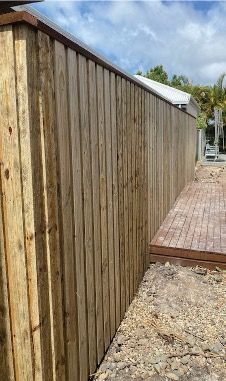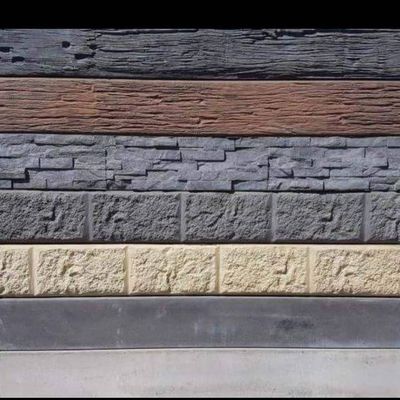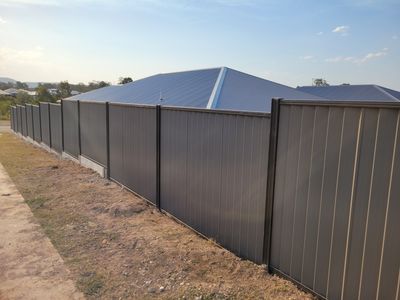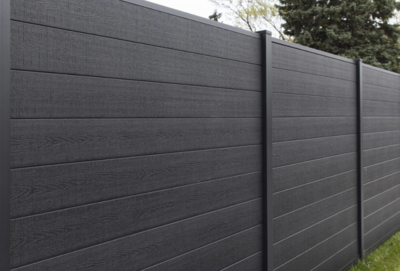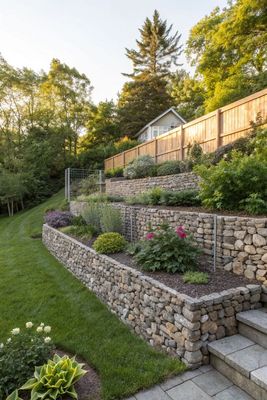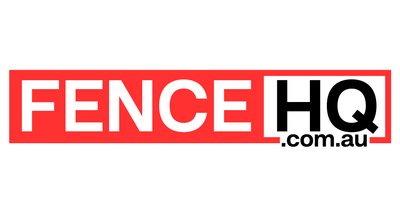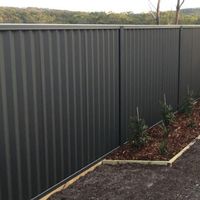

Your One Stop Fencing Shop
About Us
Welcome to FenceHQ, where passion, perseverance, and a commitment to quality craftsmanship come together to redefine outdoor living.
At FenceHQ we are your one stop fencing shop. We understand that quality, convenience and savings are essential. Our extensive range of fencing materials and hardware, from traditional timber to robust steel and cutting edge composite options, ensure you find the perfect fit for your project.
Full installation
Let our experienced team handle your fencing projects with precision and professionalism, ensuring top-notch results every time. Whether it's a simple repair or a custom-designed fence, our team approaches each job with the same level of attention to detail and commitment to quality.
But beyond fences and gates, our mission extends to enriching the lives of our customers by creating outdoor spaces that inspire, protect, and enhance the beauty of their surroundings. We believe that every fence we build is not just a structure but a testament to our dedication to providing peace of mind and adding value to homes and businesses alike.
Click here to request a free quote.
Trade Professionals
At Fence HQ we appreciate that it’s difficult to find quality materials on time and within budget for clients.
Partner with us for reliable supplies and expert advice, helping you deliver exceptional fencing solutions to your clients.
Come in and see us at:
9 Sippy Downs Drive, Sippy Downs
Click here to enter our retail shop
Home fence builder
Browse our extensive selection of fencing materials, including timber, Colorbond, Modwood, PVC, chainlink mesh, and more.
We understand that quality, convenience and savings are essential. Our extensive range of fencing materials, hardware and from traditional timber to robust steel and cutting-edge composite options, ensure you find the perfect fit for your project.
Come in and see us at:
9 Sippy Downs Drive, Sippy Downs
Click here to access our online shop
Delivery
We deliver to all corners of the Sunshine Coast. All delivery fees are based on location from the yard. We also offer a courtesy trailer if you need one.
Payment Information
We accept credit and debit cards and cash on delivery / pick up.
Contact us
Open hours
Monday -Friday 6:30am - 5pm Saturday 8am-2pm
Sunday by appointment
Returns
* Stock Items only may be returned at our discretion for credit within 21 days from date of delivery if they in are prime condition and original packaging and incur the 15% restocking fee.
* Please note - Product colours are for general guidance only and slight variations may occur.
* Custom Items may not be returned for credit.

